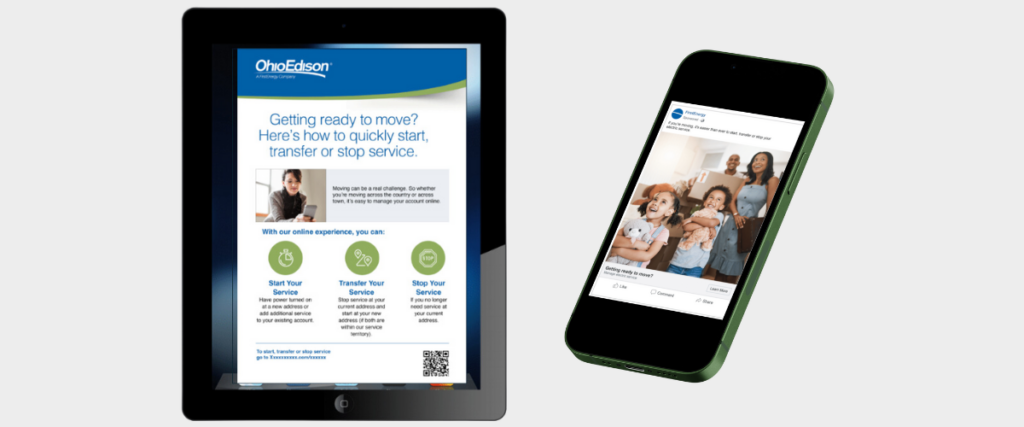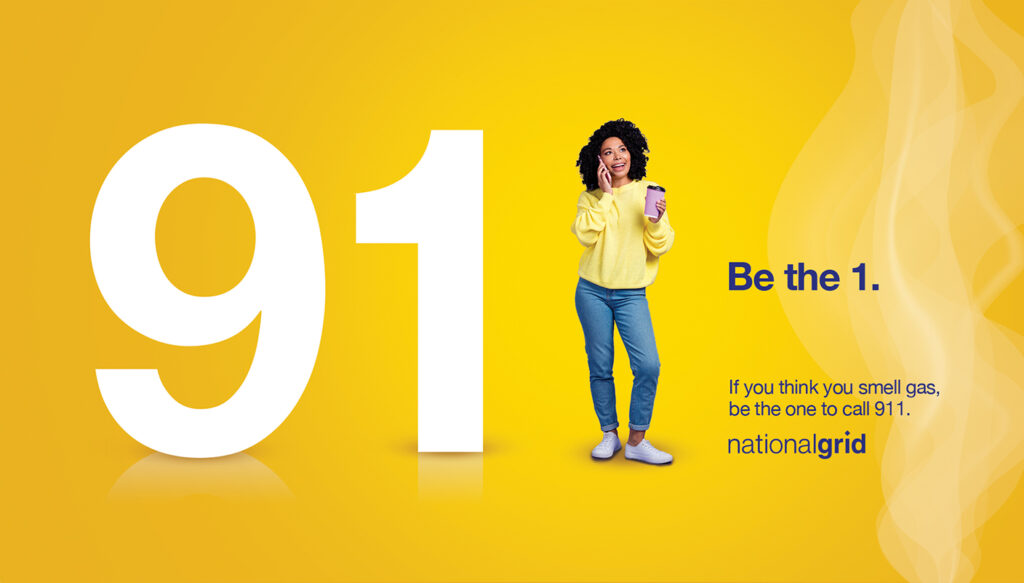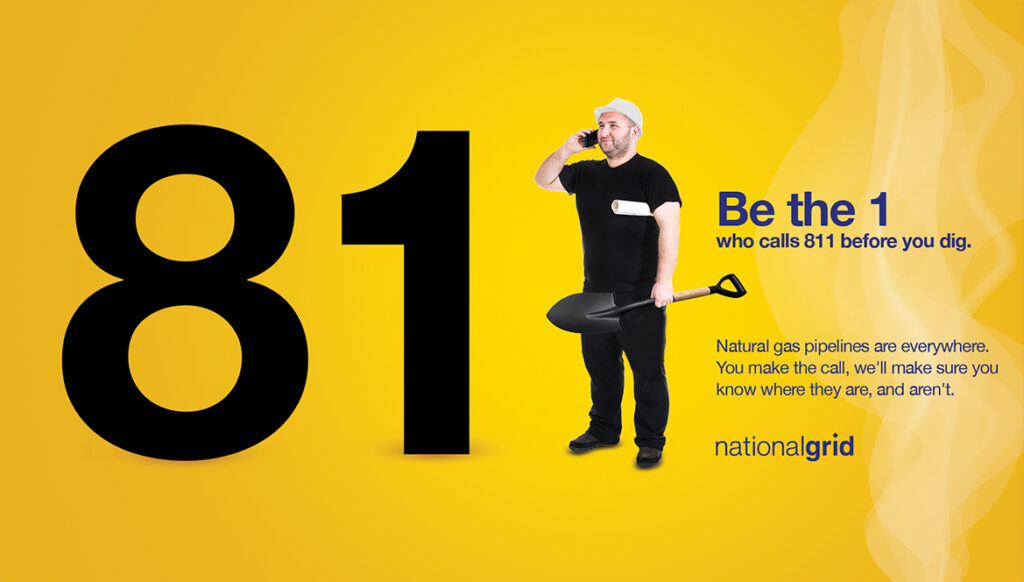Let’s be honest: forging strong customer relationships in the utility sector isn’t easy. It’s a heavily regulated, low-interest industry where capturing—and keeping—customer attention can be difficult. Simply providing services and sending out occasional communications isn’t enough. To strengthen relationships, utility brands need to implement comprehensive marketing and communications strategies that create a clear, direct connection between provider and customer.
Our Energy and Sustainability lead, Stephanie Crockett, has put together a set of best practices. And these aren’t just theoretical concepts—they’re practical, proven strategies to turn routine customer communications into powerful relationship-building tools.
Use every communications tactic at your disposal.
An integrated communications approach using the PESO model® (paid, earned, shared and owned media) will ensure that your utility meets customers through trusted channels1. While utilities rely heavily on direct-to-customer communications like bill inserts and newsletters, limiting yourselves to these channels means missing out on significant opportunities. From influencer marketing to user-generated features, social media content builds affinity by turning real customers into brand advocates. And earned media placements reinforce messaging with invaluable third-party validation, while a paid media strategy ensures messaging reaches customers wherever they are—not just when they’re looking at their bills.
It’s important to remember that there’s no single, perfect communications channel to reach all your customers. Your customers receive and retain information differently, so broad content formats that require different actions (like a clickable video, downloadable PDF or a scannable online blog post) will resonate with them differently. Consider the famous “Rule of Seven,” which suggests that consumers need to hear a message seven times before acting, and rely on an integrated, segmented media mix with regular testing and performance measurement to guide future investments and refine your approach.

Relevant information will position you as a go-to resource.
Capturing attention in a historically low-interest industry requires your utility to be smart and strategic. Investing in Voice of Customer research and understanding your audience is crucial: Use nuanced customer data and segmentation to craft messages that truly resonate. And don’t just share those messages once. Tactics like repetition across billing cycles build familiarity: Our work with Rhode Island Energy relies on three billing cycles, aiming for a 30-, 60- and 90-day sequence for reinforcement.
To cut through category clutter, ensure that the information you’re providing directly addresses customer needs or pain points. FirstEnergy’s “Move-In, Move-Out” campaign, targeting customers during a key transition period, provides relevant information in short, catchy phrases (and leverages the PESO Model® to reach customers on social media and via email). By being sharp, focused and immediately valuable, the campaign is a point of meaningful customer engagement.

Everything is for everyone. (Almost.)
Segmentation is a powerful tool, but it shouldn’t create communication gaps. Use it to enhance relevance where appropriate, but ensure critical information reaches everyone. The goal is to be targeted where it adds value, and comprehensive where it matters most. For Rhode Island Energy, for instance, segmentation is employed to determine how a change is affecting a customer base—say if autopay features are changing for customers who have set up automatic withdrawals. But for communications around general service changes or utility updates, every customer receives every communication—every time. In the utility space, informed customers are typically more satisfied customers. Focusing on the right mix of targeted versus universal messaging will keep your customer base engaged.
Regulatory updates don’t have to be regimented.
At its core, your company needs to be proactively available to customers. Utility customers primarily seek seamless, efficient service without frequent company interactions, so position regulatory updates as a customer benefit that will improve that quality of service. The more transparent your utility is, the more likely you are to earn their trust. There are significant opportunities for utilities to exceed expectations by providing proactive, comprehensive and well-planned communication—and by using regulatory requirements to reinforce utility value, rather than a checklist to complete.
It’s something we did for National Grid, who wanted to communicate a crucial public safety message: calling 911 to report potential gas leaks, and 811 before any excavation. Using a tailored media plan that accounted for the pandemic’s effect on media consumption habits, we used a clever slogan (“Be the 1”) and a bright color palette to connect with audiences.


In today’s utility landscape, effective communication is a game-changer. It’s not just about the message—it’s about precision in delivery, timing and channels. Strong customer communications are a critical differentiator that can significantly impact customer satisfaction and brand perception. As the utility industry continues to evolve, staying ahead of emerging channels—and adapting tactics to reach customers how, and where, they are—is the key to securing customer satisfaction.
1 The PESO Model® was created by Gini Dietrich of Spin Sucks
